How mobile mesh can aid fugitive apprehension
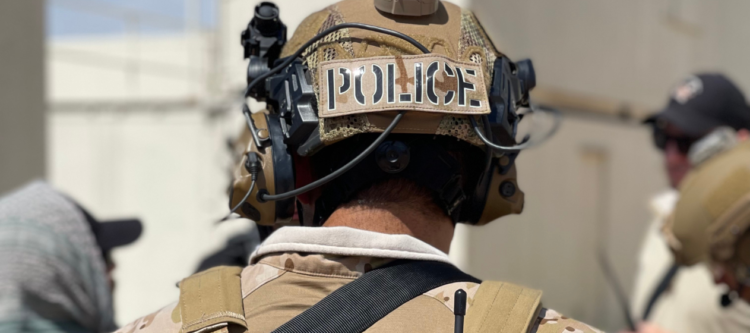
On June 6th, 2015, Richard Matt and David Sweat, were discovered missing at 5:17 a.m. from the Clinton Correctional Facility in upstate New York. Matt was serving 25 years to life and Sweat was serving life without parole. Following their escape, a three-week manhunt ensued. After three weeks, more than 800 officers following more than 700 leads, and $23 Million spent on operational expenditure, Richard Matt was killed and David Sweat was captured.
The amount of officers, money, and time that was needed to resolve this situation is an excellent illustration of how difficult fugitive apprehension missions can be – especially in a place like upstate New York.
Difficult, dangerous scenarios such as fugitive and suspect apprehension operations can be made safer and more effective with reliable comms and situational awareness capabilities.
The terrain in upstate New York and the Adirondack mountains presents challenges for logistics, command, control, and communications. Not every agency involved in the mission can tie into local radio repeaters and those repeater systems aren’t always available. More often than not, officers are sent away from the primary search group to manually relay voice messages to the TOC/Incident command – especially in places where cellular networks are unavailable.
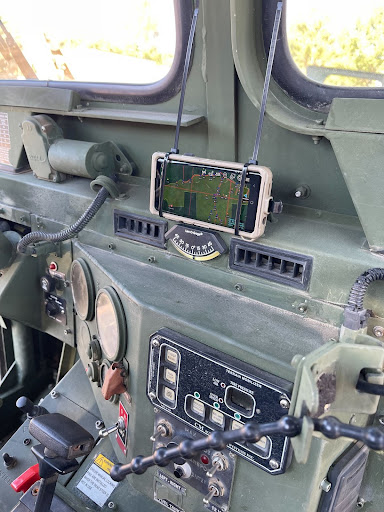
Reporting tracks and signs of life and coordinating with other teams is essential during fugitive apprehension situations such as the Clinton Correctional Facility Escape. Comms are necessary for officers to share these status updates, request assistance, and share essential information.
Situational awareness – including an operational picture of the geographic area and physical location of all personnel and resources – can not only make it easier to find injured law enforcement officers or those in need of assistance, but also make it easier to visualize everything that’s happening in an undoubtedly complicated, confusing, and chaotic scenario.
Luckily, mobile mesh networking solutions can enable law enforcement personnel to rapidly deploy an interoperable, ad-hoc communications network. These mobile mesh networks can not only allow messaging between the group but also deliver the visual situational awareness necessary to execute the mission.
Here are three ways mobile mesh networking can help in fugitive apprehension scenarios:
More efficient resource allocation
When deciding how to allocate resources and conduct an operation, the more information that law enforcement organizations have, the better. If convicts or suspects that are considered “armed and dangerous” flee into the woods in an area with limited or no cellular connectivity, it would be incredibly beneficial to see where existing law enforcement personnel are stationed and deployed resources appropriately.
Situational awareness…can not only make it easier to find injured law enforcement officers or those in need of assistance, but also make it easier to visualize everything that’s happening in an undoubtedly complicated, confusing, and chaotic scenario.
Any additional law enforcement – whether that be state and local police or federal agents – that come to the scene could then be deployed in the locations where coverage is lacking or nonexistent. This can ensure a more secure perimeter and can keep fugitives or suspects from escaping apprehension.
But this more data-driven resource allocation is only possible if senior decision-makers can see the geographic area and the physical location of all law enforcement personnel in that area. Today’s mobile mesh networking can make that a reality.
Enabling access to applications like ATAK even when mobile networks are unavailable, mobile mesh can allow law enforcement personnel to physically see each other’s locations on a map. This can make resource allocation much easier.
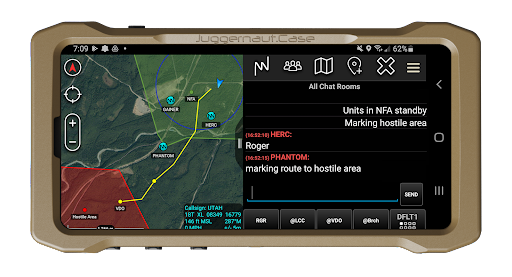
That same capability can also make providing support and assistance for individual units easier and more effective. If a police officer or federal agent is injured, needs backup, or simply gets lost, it’s easier and faster to get them the assistance they need when their physical location is displayed clearly on a map.
Reducing reliance on radio channels
When multiple law enforcement agencies work together in a fugitive or suspect apprehension scenario, they’re often relegated to their voice radios – especially in rural areas or locations without access to cellular networks.
Enabling access to applications like ATAK even when mobile networks are unavailable, mobile mesh can allow law enforcement personnel to physically see each other’s locations on a map.
Even with the ability to spread radio communications across multiple channels, a large group of law enforcement personnel with only voice comms at their disposal will invariably be muddling communications by talking over their radios simultaneously. Senior decision-makers that need to rely on voice radios to share important information, provide updates, or give commands may find it difficult to get those messages out effectively with so much traffic on the radio channels.
Mobile mesh can help alleviate the use of voice radios. By enabling the responding law enforcement personnel to communicate via text and see each other’s locations on a map via the ATAK app, voice channels could be restricted to senior leaders for command-and-control communications.
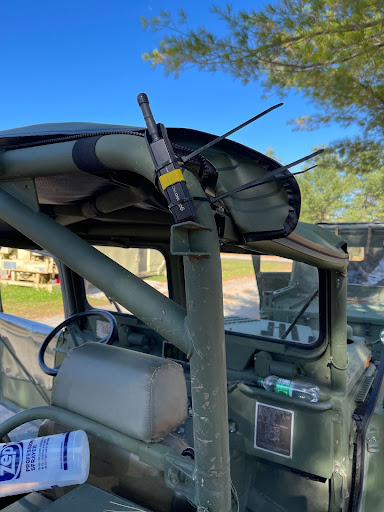
Interoperability
Scenarios that require a large, multi-agency law enforcement response can create communications problems by their very nature. As different law enforcement organizations arrive on the scene to these situations, they’re arriving with whatever comms equipment they have been assigned by their organization.
Do these disparate comms tools all work together? Have they tested their interoperability in combined training and drills? Chances are, the answer to both of those questions is a resounding, “no.”
Mobile mesh networking is a great equalizer that can enable all organizations to communicate and interoperate regardless of what comms equipment has been assigned to them. Practically everyone has their own smart device or cell phone. By connecting a mobile mesh networking device to these smartphones or tablets via Bluetooth or a cable, law enforcement personnel on the ground can rapidly deploy an ad-hoc mobile mesh network that simply works – immediately delivering comms and situational awareness capabilities.
Reporting tracks and signs of life and coordinating with other teams is essential during fugitive apprehension situations such as the Clinton Correctional Facility Escape. Comms are necessary for officers to share these status updates, request assistance, and share essential information.
The devices are small and can be handed out as law enforcement personnel arrive on the scene. The mobile mesh radios work with practically any smart device with Bluetooth connectivity. In a mesh network, there is no single point of failure, so the network is reliable and incredibly difficult to deny.
Difficult, dangerous scenarios such as fugitive and suspect apprehension operations can be made safer and more effective with reliable comms and situational awareness capabilities. But the multi-agency nature of these operations can create confusion and interoperability problems. Mobile mesh can eliminate these challenges, give law enforcement organizations the situational awareness they need to make more informed decisions and the reliable comms they need to collaborate and coordinate efforts.
To learn more about how mobile mesh networking can provide an off-grid communications network for law enforcement personnel, click the links below:


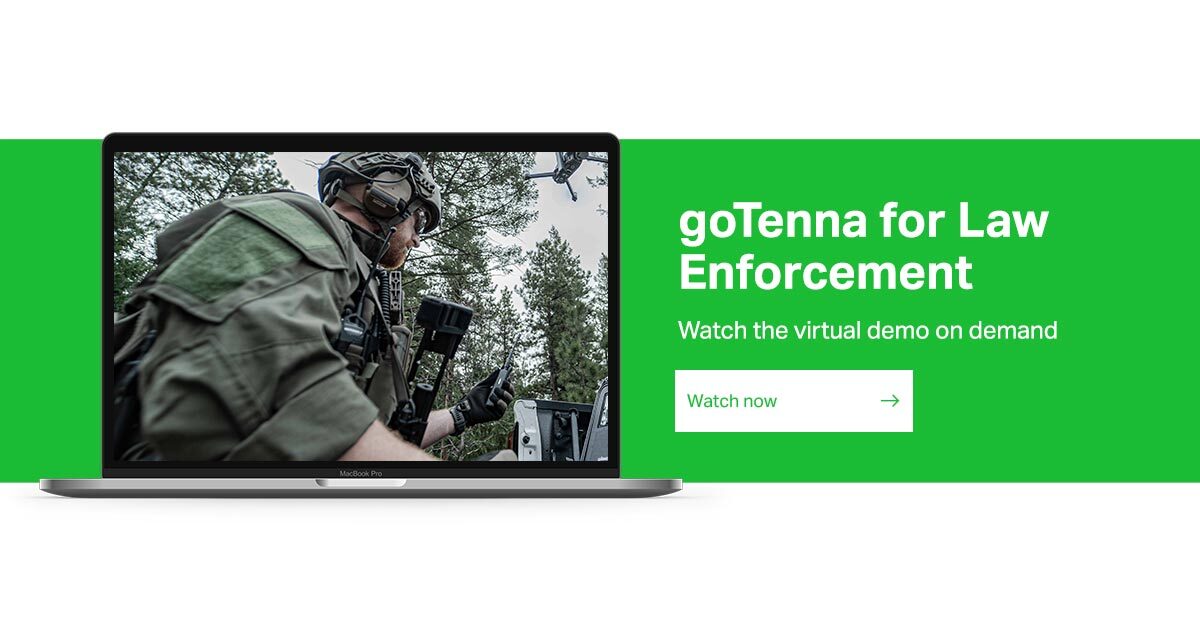





No Comment